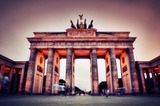
Students will use a map of Berlin to give directions on how to navigate from one landmark to another.
- Subject:
- Languages
- Material Type:
- Activity/Lab
- Author:
- Shawn Moak
- Mimi Fahnstrom
- Amber Hoye
- Date Added:
- 04/21/2022

Students will use a map of Berlin to give directions on how to navigate from one landmark to another.
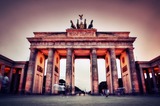
Students will use a map of Berlin to give directions on how to navigate from one landmark to another.

In this activity students will discuss the Berlin wall as well as hypothetical situations that families may have faced relating to the Berlin wall during the Cold War.

Kevin Lynch’s landmark volume, The Image of the City (1960), emphasized the perceptual characteristics of the urban environment, stressing the ways that individuals mentally organize their own sensory experience of cities. Increasingly, however, city imaging is supplemented and constructed by exposure to visual media, rather than by direct sense experience of urban realms. City images are not static, but subject to constant revision and manipulation by a variety of media-savvy individuals and institutions. In recent years, urban designers (and others) have used the idea of city image proactively – seeking innovative ways to alter perceptions of urban, suburban, and regional areas. City imaging, in this sense, is the process of constructing visually-based narratives about the potential of places.
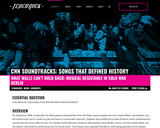
In this lesson, students will consider how Germans resisted what the Berlin Wall symbolized during the Cold War by examining the musical cultures that developed in East and West Germany. To do this, students will watch clips from CNN Soundtracks and analyze primary and secondary historical sources such as newspaper articles, cartoons, interviews, and photographs.

This course covers theories about the form that settlements should take and attempts a distinction between descriptive and normative theory by examining examples of various theories of city form over time. Case studies will highlight the origins of the modern city and theories about its emerging form, including the transformation of the nineteenth-century city and its organization. Through examples and historical context, current issues of city form in relation to city-making, social structure, and physical design will also be discussed and analyzed.
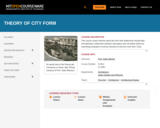
This course covers theories about the form that settlements should take and attempts a distinction between descriptive and normative theory by examining examples of various theories of city form over time. Case studies will highlight the origins of the modern city and theories about its emerging form, including the transformation of the nineteenth-century city and its organization. Through examples and historical context, current issues of city form in relation to city-making, social structure, and physical design will also be discussed and analyzed.
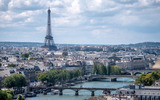
Drawn from Wheelan's 2019 work published by Norton, this reading provides a brief and engaging introduction to economics for high school students and beyond.See bottom half of document for Spanish version.